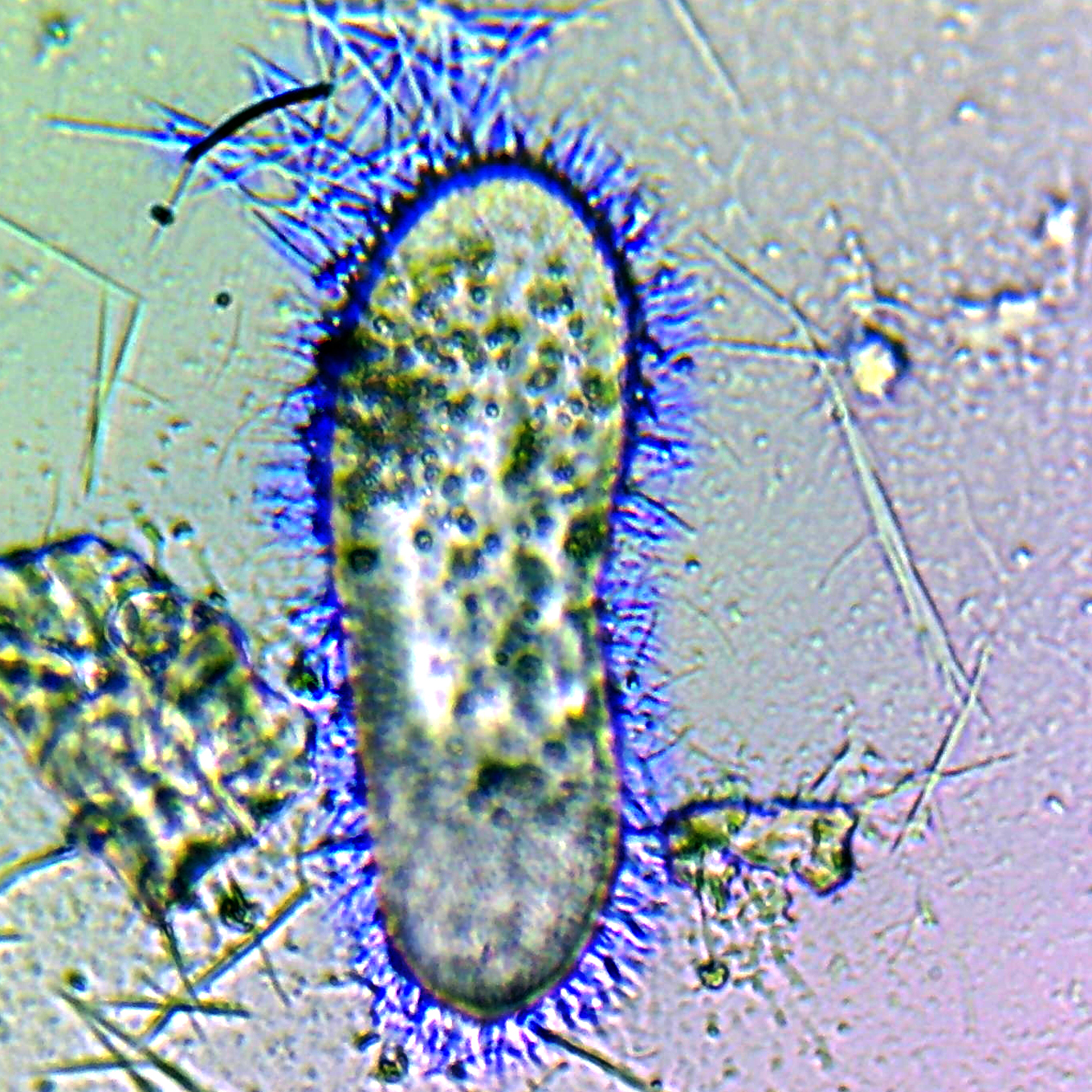|
Extrusome
Extrusomes are membrane-bound structures in some eukaryotes which, under certain conditions, discharge their contents outside the cell. There are a variety of different types, probably not homologous, and serving various functions. Notable extrusomes include mucocysts, which discharge a mucous mass sometimes used in cyst formation, and trichocysts, which discharge a fibrous rod. The stinging nematocysts found in Cnidarian animals may be regarded as extrusomes as well. Extrusomes found in dinoflagellate The dinoflagellates ( Greek δῖνος ''dinos'' "whirling" and Latin ''flagellum'' "whip, scourge") are a monophyletic group of single-celled eukaryotes constituting the phylum Dinoflagellata and are usually considered algae. Dinoflagellates are ...s are important in the formation of red and black tides. References External links Image: extrusome (labeled EX) Organelles {{Protist structures ... [...More Info...] [...Related Items...] OR: [Wikipedia] [Google] [Baidu] |
Eukaryote
Eukaryotes () are organisms whose cells have a nucleus. All animals, plants, fungi, and many unicellular organisms, are Eukaryotes. They belong to the group of organisms Eukaryota or Eukarya, which is one of the three domains of life. Bacteria and Archaea (both prokaryotes) make up the other two domains. The eukaryotes are usually now regarded as having emerged in the Archaea or as a sister of the Asgard archaea. This implies that there are only two domains of life, Bacteria and Archaea, with eukaryotes incorporated among archaea. Eukaryotes represent a small minority of the number of organisms, but, due to their generally much larger size, their collective global biomass is estimated to be about equal to that of prokaryotes. Eukaryotes emerged approximately 2.3–1.8 billion years ago, during the Proterozoic eon, likely as flagellated phagotrophs. Their name comes from the Greek εὖ (''eu'', "well" or "good") and κάρυον (''karyon'', "nut" or "kernel"). E ... [...More Info...] [...Related Items...] OR: [Wikipedia] [Google] [Baidu] |
Trichocyst
A trichocyst is an organelle found in certain ciliates and dinoflagellate The dinoflagellates ( Greek δῖνος ''dinos'' "whirling" and Latin ''flagellum'' "whip, scourge") are a monophyletic group of single-celled eukaryotes constituting the phylum Dinoflagellata and are usually considered algae. Dinoflagellates are ...s. A trichocyst can be found in tetrahymena and along cila pathways of several metabolic systems. It is also a structure in the cortex of certain ciliate and flagellate protozoans consisting of a cavity and long, thin threads that can be ejected in response to certain stimuli. Trichocysts may be widely distributed over an organism or restricted to certain areas (e.g., tentacles, papillae, around the mouth). There are several types. Mucoid trichocysts are elongated inclusions that may be ejected as visible bodies after artificial stimulation. Filamentous trichocysts in Paramecium and other ciliates are discharged as filaments composed of a cross-striated shaf ... [...More Info...] [...Related Items...] OR: [Wikipedia] [Google] [Baidu] |
Nematocyst
A cnidocyte (also known as a cnidoblast or nematocyte) is an explosive cell containing one large secretory organelle called a cnidocyst (also known as a cnida () or nematocyst) that can deliver a sting to other organisms. The presence of this cell defines the phylum Cnidaria ( corals, sea anemones, hydrae, jellyfish, etc.). Cnidae are used to capture prey and as a defense against predators. A cnidocyte fires a structure that contains a toxin within the cnidocyst; this is responsible for the stings delivered by a cnidarian. Structure and function Each cnidocyte contains an organelle called a cnida, cnidocyst, nematocyst, ptychocyst or spirocyst. This organelle consists of a bulb-shaped capsule containing a coiled hollow tubule structure attached to it. An immature cnidocyte is referred to as a cnidoblast or nematoblast. The externally oriented side of the cell has a hair-like trigger called a cnidocil, which is a mechano- and chemo-receptor. When the trigger is activated, the ... [...More Info...] [...Related Items...] OR: [Wikipedia] [Google] [Baidu] |
Cnidaria
Cnidaria () is a phylum under kingdom Animalia containing over 11,000 species of aquatic animals found both in freshwater and marine environments, predominantly the latter. Their distinguishing feature is cnidocytes, specialized cells that they use mainly for capturing prey. Their bodies consist of mesoglea, a non-living jelly-like substance, sandwiched between two layers of epithelium that are mostly one cell thick. Cnidarians mostly have two basic body forms: swimming medusae and sessile polyps, both of which are radially symmetrical with mouths surrounded by tentacles that bear cnidocytes. Both forms have a single orifice and body cavity that are used for digestion and respiration. Many cnidarian species produce colonies that are single organisms composed of medusa-like or polyp-like zooids, or both (hence they are trimorphic). Cnidarians' activities are coordinated by a decentralized nerve net and simple receptors. Several free-swimming species of Cubozoa and Scy ... [...More Info...] [...Related Items...] OR: [Wikipedia] [Google] [Baidu] |
Dinoflagellate
The dinoflagellates ( Greek δῖνος ''dinos'' "whirling" and Latin ''flagellum'' "whip, scourge") are a monophyletic group of single-celled eukaryotes constituting the phylum Dinoflagellata and are usually considered algae. Dinoflagellates are mostly marine plankton, but they also are common in freshwater habitats. Their populations vary with sea surface temperature, salinity, and depth. Many dinoflagellates are photosynthetic, but a large fraction of these are in fact mixotrophic, combining photosynthesis with ingestion of prey ( phagotrophy and myzocytosis). In terms of number of species, dinoflagellates are one of the largest groups of marine eukaryotes, although substantially smaller than diatoms. Some species are endosymbionts of marine animals and play an important part in the biology of coral reefs. Other dinoflagellates are unpigmented predators on other protozoa, and a few forms are parasitic (for example, '' Oodinium'' and '' Pfiesteria''). Some dinoflagellat ... [...More Info...] [...Related Items...] OR: [Wikipedia] [Google] [Baidu] |


